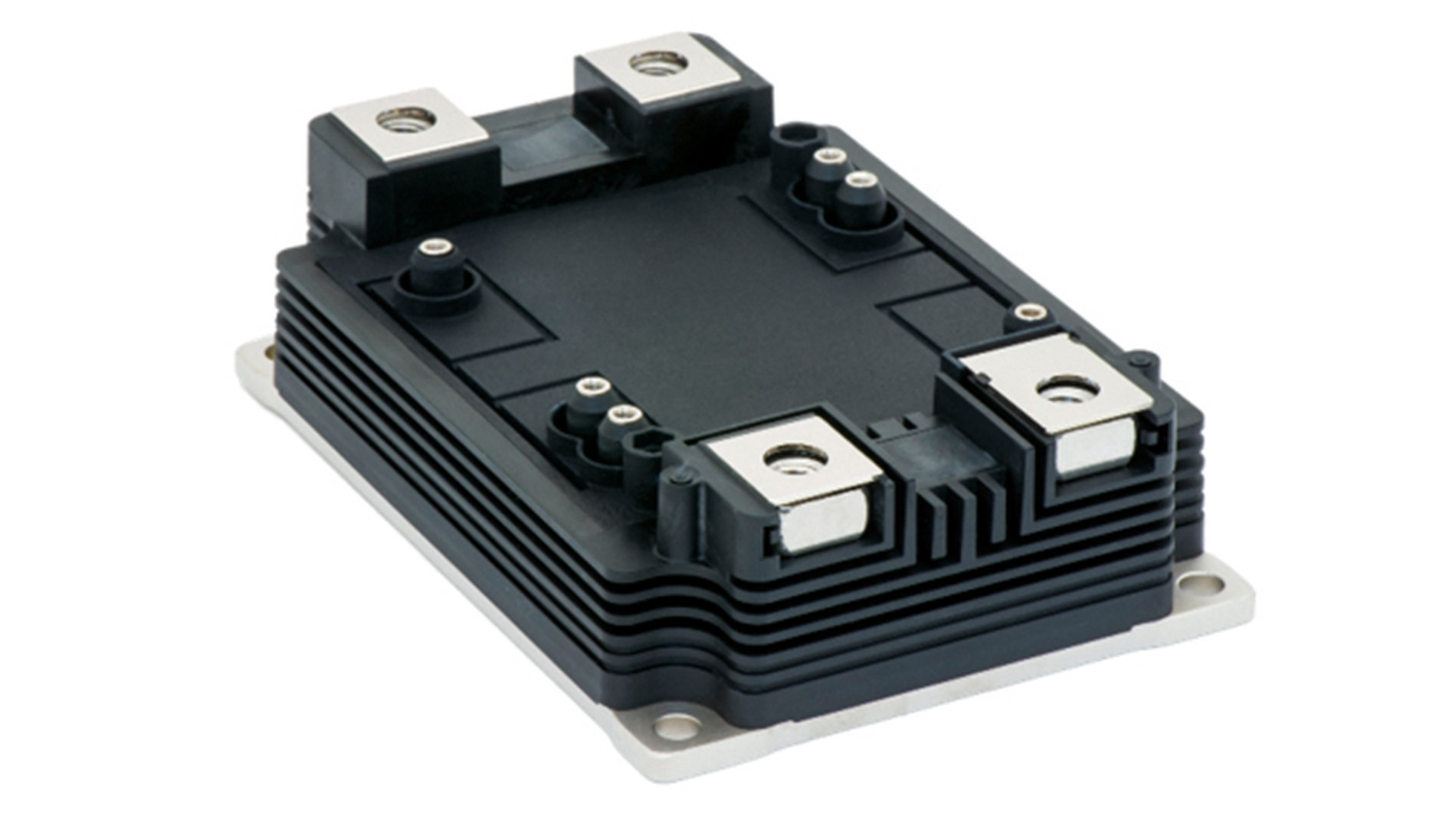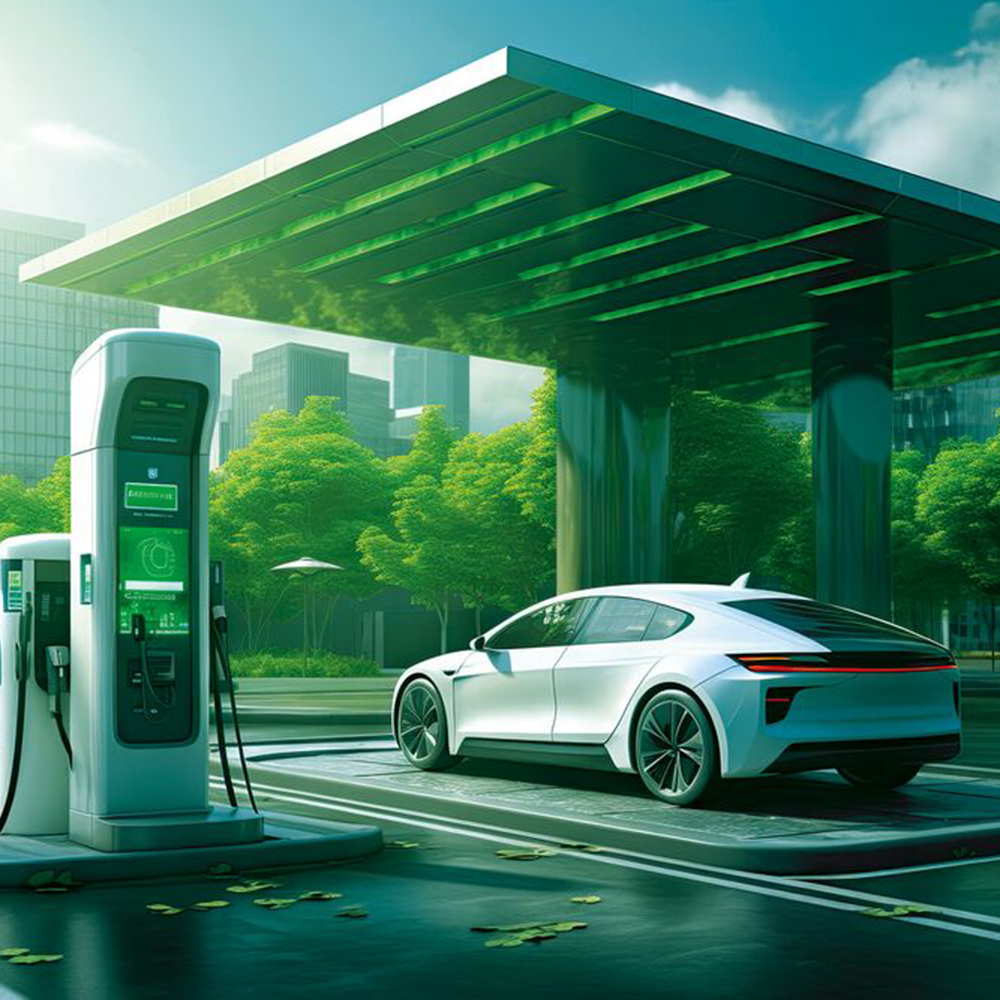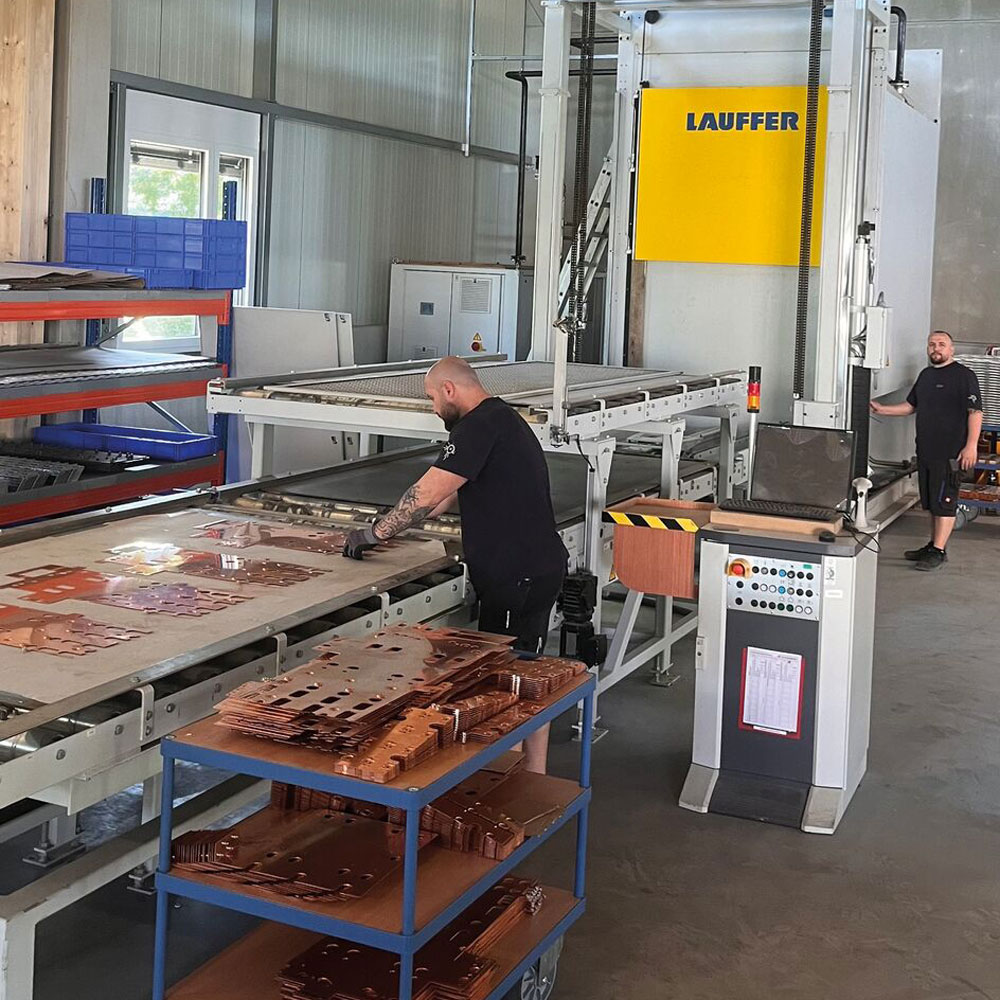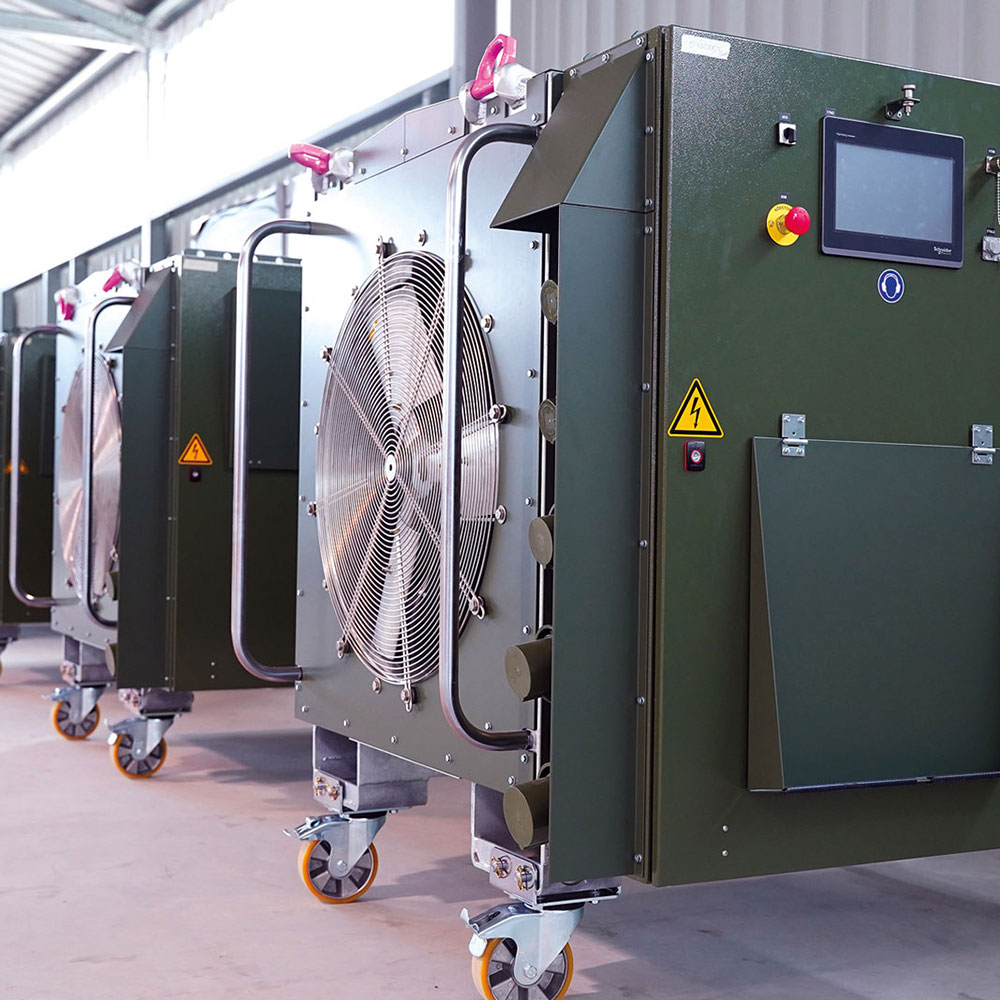
Costs can be significantly reduced if the infrastructure does not need to be touched. However, the new rolling stock must of course have the ability to bridge shorter or longer distances without electrification. One possibility for this is the use of batteries, which enables conventional trains to continue with energy from the batteries when the route electrification is interrupted. This requires coupling of the battery into the intermediate circuit in addition to the conventional main power train from the pantograph. A corresponding voltage adjustment takes place by means of buck-boost inverters. Switching frequencies of a few dozen kilohertz helps to reduce the losses and at the same time keep the choke and capacitances as low as possible. This is an ideal task for SiC power semiconductor modules.
The LinPak power semiconductor modules from Hitachi Energy with their low scattering inductance are perfectly suited for precisely such tasks and are already being used in the field in this application. In the next few years, more and more such LinPak power semiconductor modules will be used in this application. This interesting application makes it possible to find a sustainable solution even on non-electrified routes and significantly reduce investment costs. In addition to the conventional LinPak with an insulation voltage of 6 kV, Hitachi Energy also offers a high voltage variant for an insulation voltage of more than 10 kV.
Hitachi Energy offers one of the most diverse power semiconductor portfolios in the power range of 150 A up to 13,500 A and 200 V up to 8500 V. All in all, as power engineers Hitachi Energy can support you with advanced, reliable, and high-performance power semiconductors for your applications.
Advertisement










